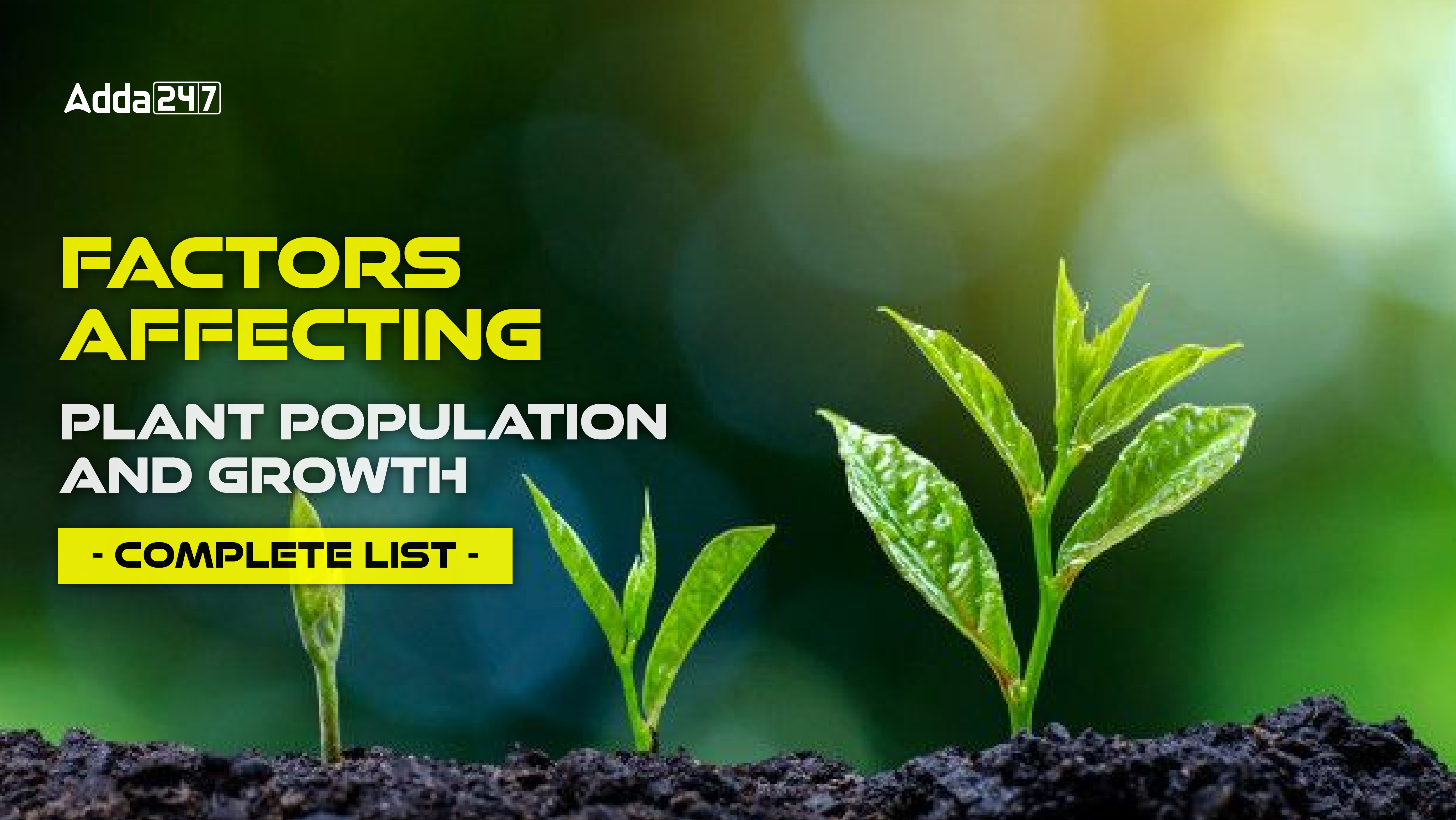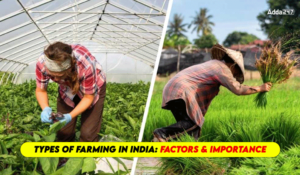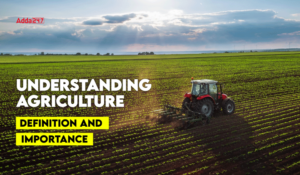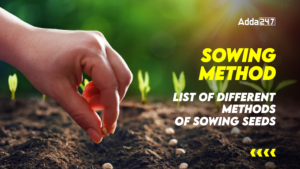An entire species of plants that are found in a given location or habitat is referred to as a plant population. It is similar to tallying every single member of a particular plant species in a field forest or other natural setting. The size and density of plant populations can fluctuate based on conditions such as interactions with other organisms environmental factors and the availability of resources like space, water, and nutrients. To research ecosystems biodiversity and ecological processes it is crucial to comprehend plant populations.
Plant growth factors regulate or impact both the adaptability of plants and their traits. Two factors typically affect the growth and development of plants:
- Genetic Factors
- Environmental Factors
Genetic Factors
The genetic factor is also called the internal factor because the basis of plant expression (the gene) is located within the cell. Check the table below to learn more about genetic factors.
| Genetic Factors | |
| Size of the plant |
|
| Elasticity of the plant |
|
| Foraging area or soil cover |
|
| Dry matter partitioning |
|
| Crop and Variety |
|
Environmental Factors
The environmental factor is considered external and refers to all factors, biotic and abiotic, other than the genetic factor. Check the table below to learn more about environmental factors.
| Environmental Factors | |
| Time of sowing |
|
| Rainfall/Irrigation |
|
| Fertilizer application |
|
| Seed rate |
|
Other Factors that Affect Plant Population and Growth
Let’s learn about some other factors that affect plant population and growth. These are:
- Light: Plant development and photosynthesis rates are influenced by the quantity quality and duration of light.
- Water: As water is necessary for photosynthesis nutrient uptake and cell expansion it is essential for plant growth.
- Temperature: Extreme temperatures can stunt growth or cause damage to plants that have specific temperature requirements for healthy growth.
- Nutrients: Iron, zinc, and manganese are micronutrients while nitrogen, phosphorus, and potassium are macronutrients that plants need for vital processes like growth development and metabolism.
- Soil Quality: Nutrient availability water retention and root growth are all influenced by the texture pH fertility and structure of the soil. The quality of the air can have an impact on photosynthesis and plant respiration rates. This includes the amount of carbon dioxide and oxygen in the air.
- Competition: Plant growth and population density can be restricted by competition with other plants for resources like light water and nutrients.
- Predation and Herbivory: By feeding on plants or indirectly by dispersing diseases herbivores pathogens and pests can cause direct harm to plants as well as affect population density and growth.
- Mutualistic Relationships: Plant health can be improved by symbiotic relationships with beneficial organisms such as nitrogen-fixing bacteria or mycorrhizal fungi which facilitate nutrient uptake.
- Pollination: In many plant species pollination by animals or the wind is necessary for successful reproduction and affects population dynamics.
- Genetics: Genetic variables impact the characteristics of populations by determining traits like growth rate resistance to disease and environmental adaptability.
- Disturbance: Plant populations and growth patterns can be disturbed by man-made activities like land clearing or deforestation as well as by natural occurrences like fires and floods.
- Allelopathy: Certain plants emit substances that prevent nearby plants from growing altering the dynamics of the population.
- Microclimate: Small-scale changes in temperature humidity and light intensity can produce microhabitats that affect the distribution and growth of plants. The phenomenon of urbanization can have an impact on plant populations by generating heat islands air pollution and altered hydrological cycles.
- Climate Change: Variations in temperature precipitation patterns and atmospheric CO2 concentrations can have a significant impact on plant growth dynamics and populations.



 Types of Farming in India: Factors and I...
Types of Farming in India: Factors and I...
 Understanding Agriculture: Definition an...
Understanding Agriculture: Definition an...
 Sowing Method: List of Different Methods...
Sowing Method: List of Different Methods...




 Adda247 Job portal has complete information about all Sarkari Jobs and Naukri Alerts, its latest recruitment notifications, from all state and national level jobs and their updates.
Adda247 Job portal has complete information about all Sarkari Jobs and Naukri Alerts, its latest recruitment notifications, from all state and national level jobs and their updates.



